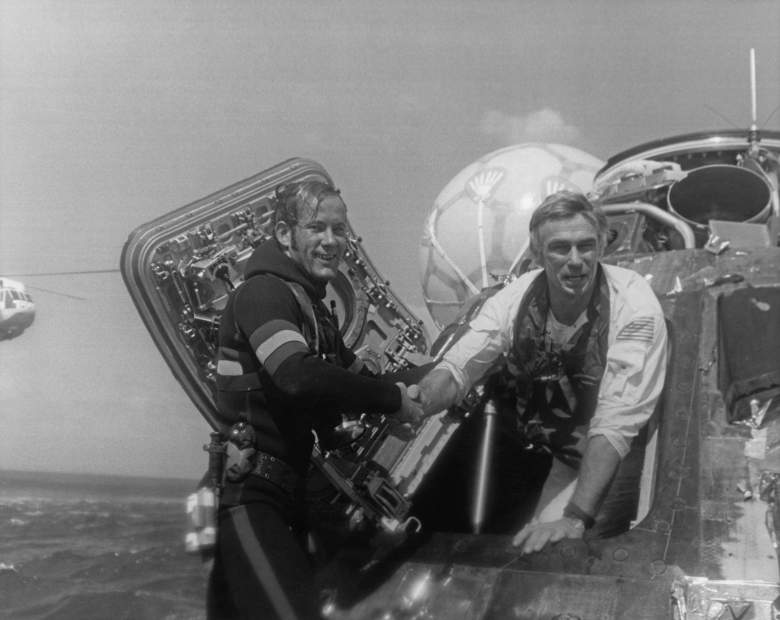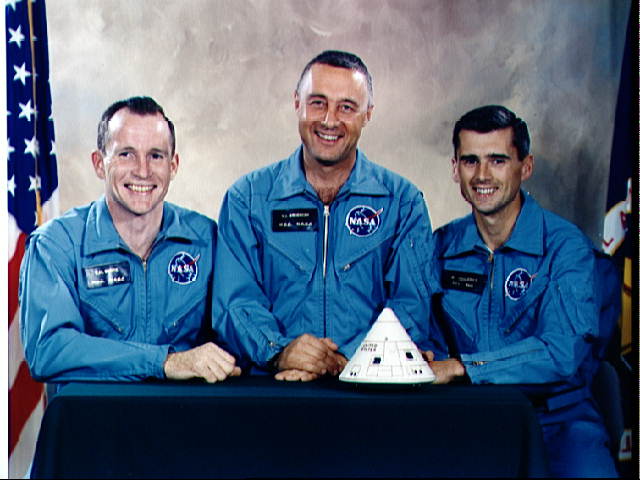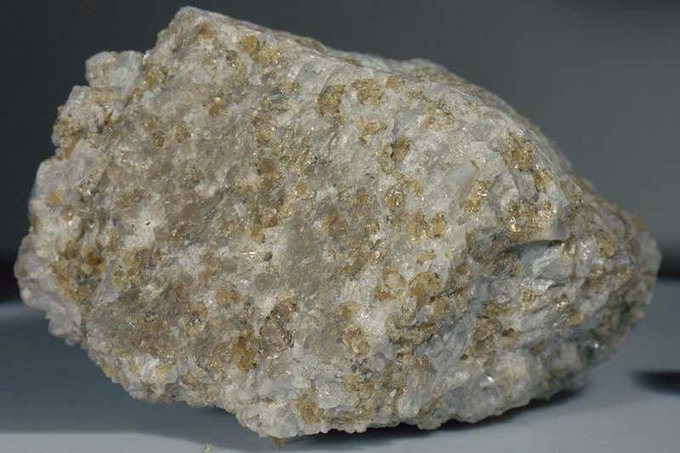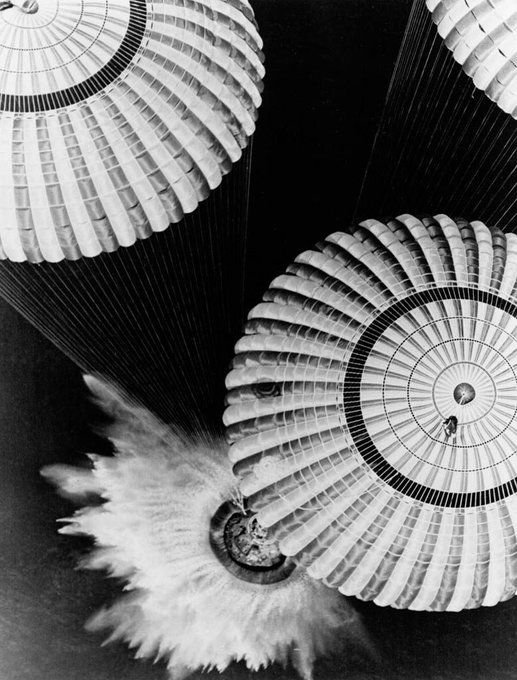
Getty NASA astronaut Eugene Cernan, Commander of the Apollo 17 lunar mission, is welcomed back to Earth by a US Navy Pararescueman, after splashdown in the Pacific Ocean, 19th December 1972.
This week in Houston history contained major moments for the NASA space program, Apollo, which concluded December 19, 1972, with the successful landing of Apollo 17.
The Apollo program began in 1963 with the goal of landing humans on the moon and returning them safely back to Earth, according to The NASA Space Science Data Coordinated Archive.
“The six missions that landed on the Moon returned a wealth of scientific data and almost 400 kilograms of lunar samples. Experiments included soil mechanics, meteoroids, seismic, heat flow, lunar ranging, magnetic fields, and solar wind experiments,” NASA wrote.
Two of those missions were launched or landed this week in December. Houston, home of the Johnson Space Center and Mission Control Center, monitored all of Apollo’s lunar missions and nine of the Gemini missions, which served as a precursor to Apollo.
Follow the Heavy on Houston Facebook page for the latest Houston news and more.
Here’s what you need to know:
NASA’s Third Human Spaceflight Program & First Lunar Mission Program Concluded Successfully December 19, 1972
NASA’s Apollo program began in 1963, and over nine years, missions tested lunar and command modules, orbited the moon, and landed on the moon for the first time with Apollo 11 June 29, 1969, followed by five more successful lunar landings, according to The NASA Space Science Data Coordinated Archive. However, the Apollo missions were not without tragedy.
On January 27, 1967, the crew of Apollo 1 – Gus Grissom, Ed White, and Roger Chaffee – died on the launch pad during a pre-flight test in Cape Canaveral, Florida, when a rapidly spreading fire ignited the cabin. The cabin was filled with pure oxygen and the hatch trapped the crew members inside, according to NASA.

NASAThe crew of Apollo 1, who died in a fire at a preflight test in Cape Canaveral, Florida. Pictured are Edward White, Command Pilot, Virgil “Gus” Grissom, Commander, and Roger Chaffee, Pilot.
The program was put on pause and resumed with an unmanned flight, Apollo 4, also known as Saturn 5, in November 1967.
Apollo 17 was the sixth mission to successfully land on the moon. Among the crew was the first scientist-astronaut, Harrison Schmitt, who served as the Lunar Module Pilot. Eugene A. Cernan was the commander and Ronald E. Evans was the Command Module Pilot. The flight was launched December 7, 1972, and splashed down in the Pacific Ocean December 19, 1972, concluding the Apollo program, according to NASA.
In all, six Apollo missions landed on the moon, and others collected extensive data and conducted experiments. You can read details on the experiments and see the data Apollo 17 astronauts collected here.
Apollo 8, NASA’s First Manned Mission to the Moon, Launched December 21, 1968 & Held a Live Broadcast on Christmas Eve
Apollo 8 launched near the end of a turbulent year that included massive casualties in the Vietnam War, the assassination of Dr. Martin Luther King Jr. and protests, and the assassination of Robert F. Kennedy. That summer, NASA became determined to send its next mission to the moon, according to Fox Nation’s documentary, “Christmas on the Moon.”
The crew, consisting of Commander Frank Borman, Command Module Pilot Jim Lovell, and Lunar Module Pilot William Anders, held a live broadcast from the lunar orbit December 24, 1968. Listen to the broadcast here.
“The vast loneliness up here of the Moon is awe inspiring, and it makes you realize just what you have back there on Earth,” Lovell said. “The Earth from here is a grand oasis in the big vastness of space.”
You can read the full transcript here and see additional data and experiment results from Apollo 8 here. The crew returned to Earth December 27, 1968.




